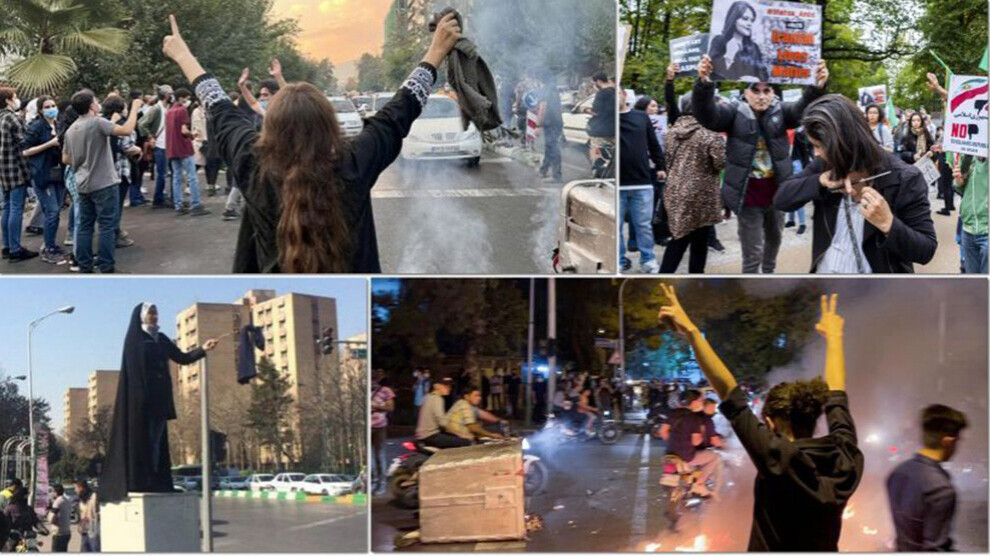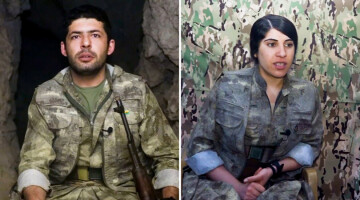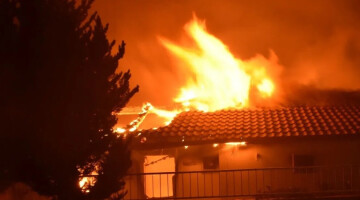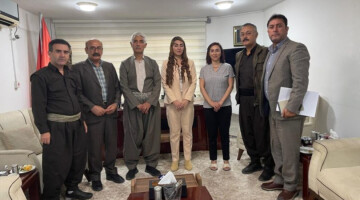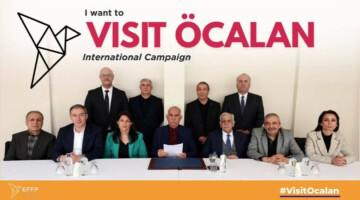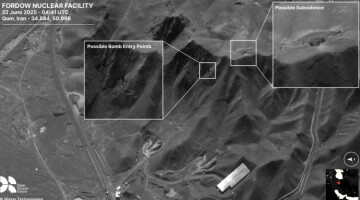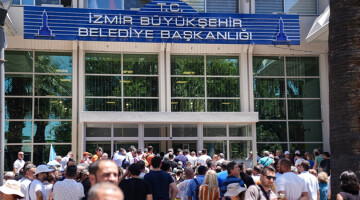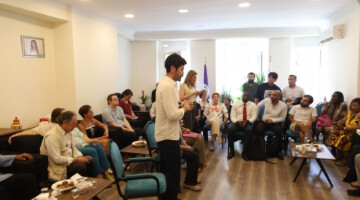The uprising in Iran and Eastern Kurdistan following the murder of Jina Mahsa Amini has now been going on for 13 days. On the news portal BIANET, Iran expert Dr Kamran Matin from the University of Sussex in the UK comments on the developments in the region. He wrote his doctoral thesis on the Iranian experience of modernity and revolution. He has been a lecturer in the Department of International Relations at the University of Sussex since 2007.
"Women's leadership is unprecedented for Iran after revolution"
At the moment, we are witnessing an uprising against the Iranian regime's interference in daily life. Did you expect such a development?
Given the various forms of daily repression and oppression in Iran, one would always expect to see popular protests. Indeed, there have always been protests in Iran, most recently in 2019 when 1500 unarmed protesters were killed.
However, the scale, spread and duration of the current protests were unexpected by most people, including me. More importantly, the central and leading role of women in the current protests in post-revolution Iran is unprecedented.
What do you think is the most important issue driving people to the streets in Iran?
Women have been oppressed in Iran since the establishment of the Islamic Republic in 1979. The oppression of women has been legalised by Islamic law, which includes the compulsory headscarf ("appropriate dress"). The headscarf was forcibly imposed on women throughout Iran. Most women have experienced being harassed, arrested or beaten by the so-called "morality police", more specifically the "hijab police". The compulsory headscarf thus became a symbol of the extremely anti-democratic character of the Islamic Republic.
"Jin, Jiyan, Azadî is a positive, inclusive slogan"
What does the slogan "Jin, Jiyan, Azadî" mean in this context?
The most important point is that, unlike previous protests, this uprising has a clear strategic, positive slogan: "Women, Life, Freedom", "Jin, Jiyan, Azadî". This slogan originated in the Kurdish movement in Turkey and evolved in the resistance against ISIS in Syria. It uniquely mobilised different social groups to express their anger at three main forms of oppression in the Islamic Republic: gender oppression, socio-economic inequality and political oppression of individuals and national 'minorities' such as the Kurds. The Kurds have played a leading role in the opposition to the Islamic Republic since its foundation in 1979. The reason why the slogan "Jin, Jiyan, Azadî" appeals to both men and women from all walks of life is because of its inclusive and positive appeal.
What is the purpose of the "Irshad Patrol" and the "Morality Police", and do they receive support among the population in Iran?
The purpose of the "Irshad Patrol" was to enforce the compulsory headscarf. It was supported by a small minority, either because of their religious conservatism or because of their links to the regime, or both.
"Every woman in Iran is political"
Do you think the majority of women in Iran are political?
Every woman in Iran is by definition "political" because the state is strategically based on controlling the female body and behaviour in public spaces. I think women are playing a leading and central role in the current protests.
"No one believes the propaganda of the regime"
There are accusations by Iranian state officials against "foreign powers" of being behind the protests. Do people believe this?
No one believes the regime's propaganda on this issue, and the regime's social base, which as I mentioned earlier is a very small minority, seems to be shrinking every day. The protests continue.
The question is how these actions will affect the current Iranian regime. According to reports, the security and police forces are exhausted and unable to contain the protest if it continues.
"The police are exhausted"
This could then lead to the deployment of more security forces. This is risky, however, as it could lead to divisions within the security forces and even within the regime itself.
Such a decision has to be taken at the highest level, but reports suggest that Supreme Leader Khamenei is seriously ill, which means that the regime could be suffering from a "disease" of decision-making. There are also reports suggesting that the regime may consider relaxing the headscarf law and restricting or abolishing the "Irshad Patrol".
"Possible pacification through nuclear agreement"
However, the regime refuses to make these changes now because it would admit defeat in the face of protests.
The regime might also decide to agree with the US and the West to revive the Iranian nuclear deal so that Iran gets resources to solve some economic problems. This could improve the economic situation to some extent, allowing those angry about poverty to withdraw from the protests.
"The regime cannot contain the energy of the women's revolution"
What else would you like to add?
The regime has not yet resorted to its usual maximum use of force to suppress popular protests, as it did during the 2019 protests, in which nearly 1,500 demonstrators were killed.
But even if it succeeds in suppressing the ongoing protests, Iran is unlikely to be able to contain the enormous political energy of the women's revolution for long.

